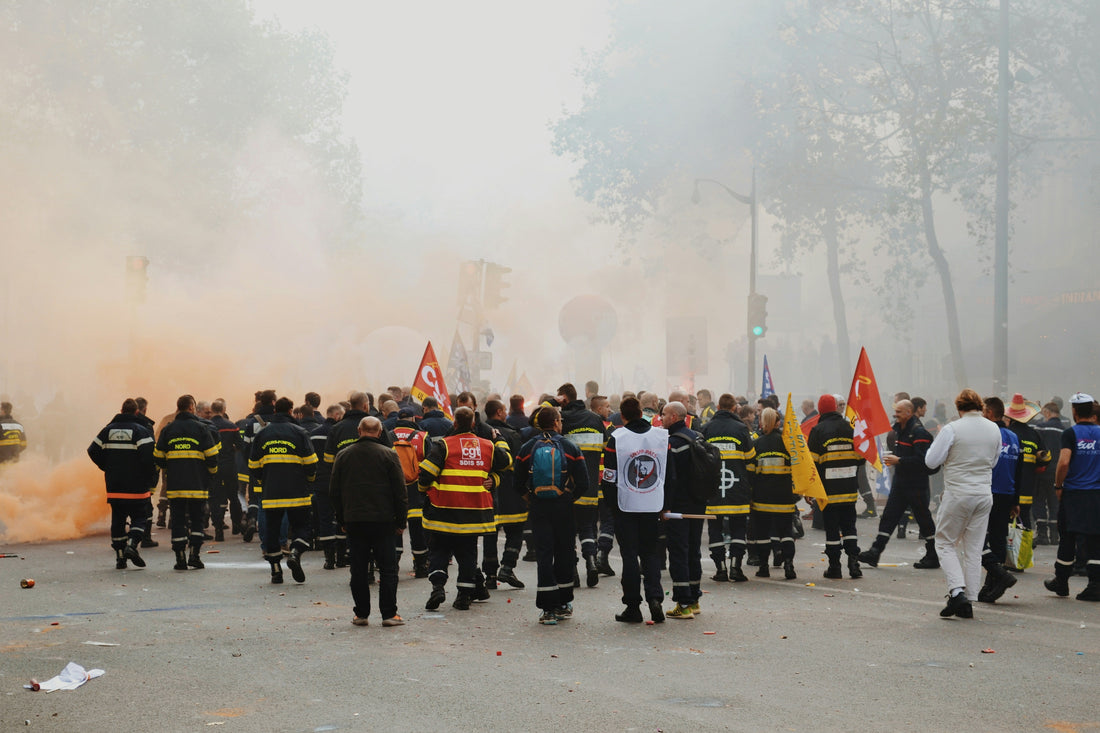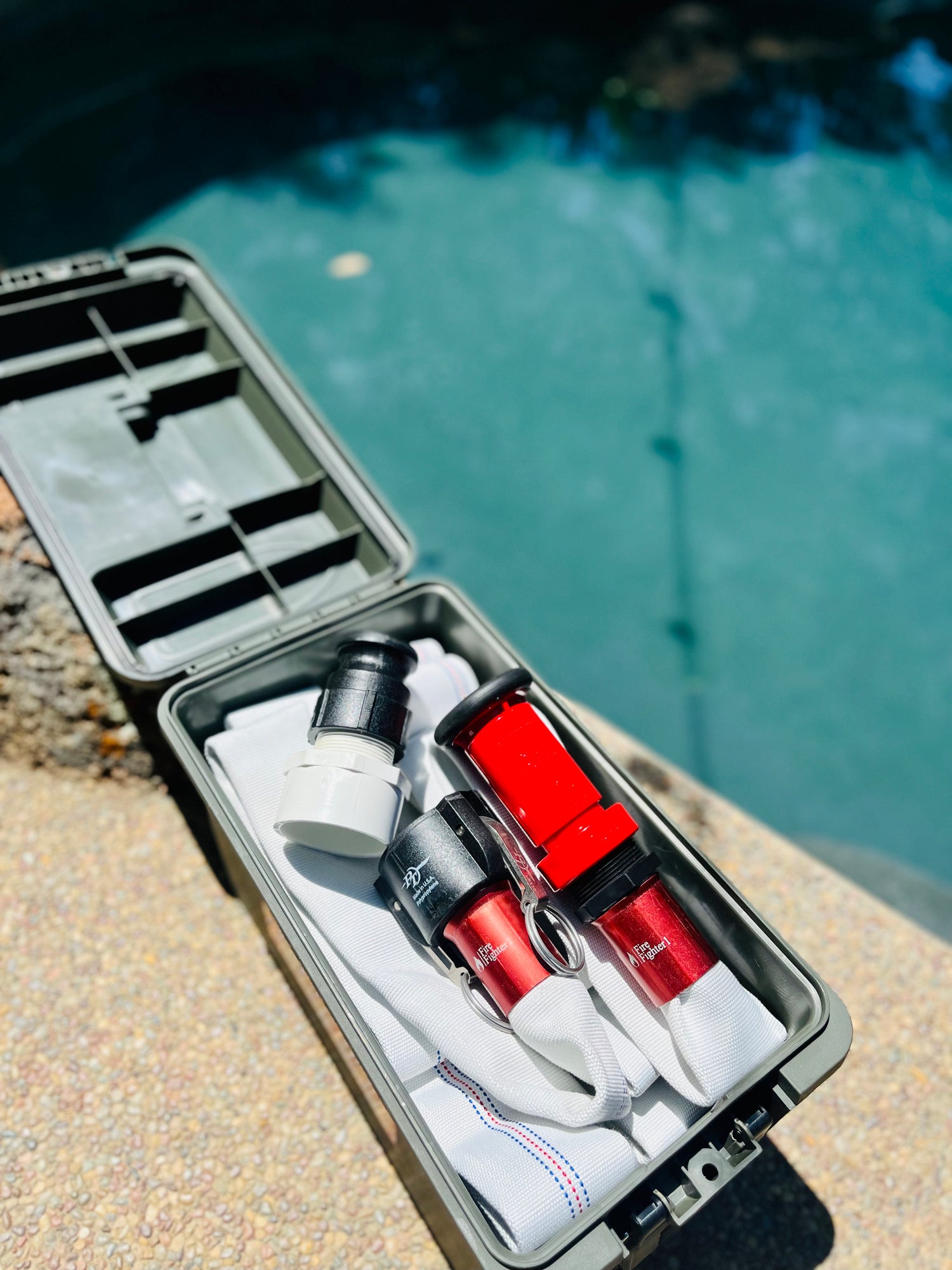
Become Fire-Ready: How Coming Together As a Community Can Help Control Fires Spreading?
It is without a doubt that fires—whether wild or residential—have become a growing concern in many regions of the world. In the US alone, well over 7.5 million acres of wildland were consumed by fire in 2022 alone, according to the Annual Wildfires Report. This is due to the increasing frequency and intensity of climate change, urban expansions and multiple other human factors.
Once a fire starts, every single second counts. Being prepared can be the defining line between survival and devastation. While fire-ready efforts on the individual level are crucial, a collective community approach to fire preparedness can significantly reduce the impact and risk of fires spreading to your neighborhood.
We will explore, together, why community-wide fire preparedness is vital and how coming together as a community can protect homes, families, memories, and entire neighborhoods.
Understanding the Behavior of Fire and the Significance of Early-Action:

There are three essential elements on which fire thrives: heat, fuel and oxygen. Under certain natural conditions, like high temperatures, dry air & vegetation, and strong winds, a perfect storm for wildfires is created. Wildfires can spread at a speed of 14.29 mph consuming all things in their path, which means there is little to no time for action once a nearby fire has started. According to the National Fire Protection Association (NFPA), embers—small burning fragments carried by winds—are responsible for igniting most homes during a wildfire. Hence, it is important to note and understand that even homes not directly in the fire’s path are at risk.
Early intervention and action is key to stopping a fire before it escalates and spreads. The faster homeowners and communities can suppress small fires or embers that land on their property, the better the chances of minimizing damage. Having instant access to water, fire suppression tools, and an emergency plan can make significant differences.
The Power of Community-Wide Fire Preparedness:
A single home prepared for a fire is good, but an entire community/neighborhood prepared together is exponentially better. Fires do not recognize property lines, and an unprepared property is not only at risk but also puts surrounding homes in the danger zone. A neighborhood that takes proactive fire precautions as a unified community creates a buffer of safety - almost, reducing the chances of fire jumping from house to house and the damages that come with it.
You might be asking how to go on about such a thing. Well, here’s how a community-based fire preparedness plan can help:
1. Creating Defensible Spaces:
Defensible space is the area around a property that is cleared or maintained to reduce fire hazards. When a whole neighborhood takes priority over their defensible spaces—trimming trees, removing dry vegetation, and using fire-resistant landscaping—it creates a larger buffer zone that makes it more difficult for fires to spread and jump from place to another.
2. Sharing Firefighting Resources:
Not everyone has access to professional firefighting equipment or even access to pool water, but collectively, a community can stack up resources. This includes:
- Fire hoses with access to water sources such as pools, ponds or community water tanks if available.
- Fire extinguishers placed strategically in outdoor areas.
- Sand or dirt containers to smother small flames.
- Safe rooms and areas.
3. Emergency Drills and Communication Plans:
A neighborhood-wide emergency response plan ensures that everyone knows what to do and where to be in case of a fire. Setting up a community communication network—whether through mobile apps, walkie-talkies, or sirens—allows for quick alerts and coordination and hence ensuring the community as a whole is standing as a first line of defense.
4. Encouraging Fire-Resistant Home Improvements and Upgrades:
When a neighborhood adopts fire-resistant building materials, such as ember-resistant vents, non-combustible roofs, and fire-retardant exterior coatings, the overall risk of fire spreading decreases.
How You Can Take Action Today:
Fires can happen at any time and anywhere, but proactive preparation and preparedness makes all the difference. Here’s how you can get involved and encourage your neighbors and community to join the fire-fighting effort:
- Start a Neighborhood Fire Safety Committee: Organize meetings to discuss fire prevention strategies, and communications and emergency plans.
- Invest in Fire Protection Tools: Consider products that provide instant access to water sources, such as pool-to-fire-hose adapters, to increase firefighting capabilities and decrease response rate.
- Educate Your Community: Share fire prevention knowledge and online resources, including how to recognize fire hazards and create defensible spaces and how to be on high-alert early on.
- Practice Emergency Evacuation Drills: Simulating fire scenarios ensures that families, households and communities know what to do when time is critical.
Weekly Fact-Drop:
Did you know that federal data cited that over 85% of the fires are caused by human-factors?
Research shows that both wild and residential fires could easily be prevented when approached with the right mentality and action plan – the key is awareness and preparedness.

Data: Short, 2022, Spatial wildfire occurrence data for the United States; Map: Erin Davis/Axios Visuals.
One Solution: Instant Pool Water Access When You Need It Most:
FireFighter1™ understands the urgency of fire emergencies and the need to combat them. Our innovative adaptive aquatic solutions allow homeowners to quickly connect a fire hose to their pool, providing instant access to water whenever needed. This simple yet effective tool can be the defining line between stopping a fire early and watching it spread across your community. By equipping neighborhoods with this resource, we emp
ower communities to take fire protection into their own hands, reducing the risk of widespread devastation and becoming the first line of defense on their property.
This innovative tool is capable of protecting not only one property with instant access to pool water but also those of near-by proximities.
Preparedness is not just an individual responsibility—it’s a community effort. By working together, investing in fire prevention, architecting emergency plans and utilizing the right tools, we can all create safer and happier neighborhoods and protect our properties and loved ones from the unpredictable threat of fire and the damages it brings.
Take action today and ensure your home and community are ready before the fire starts.
.

